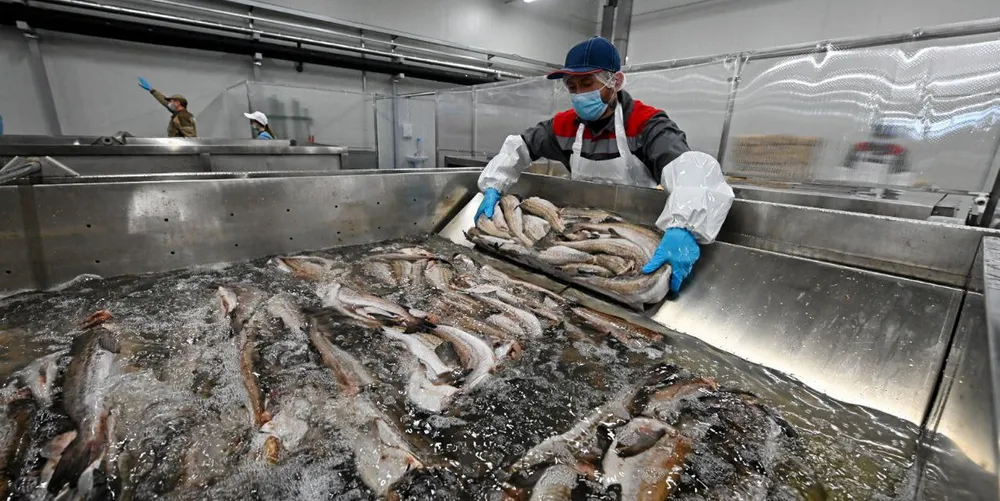Russia bucks downbeat forecast as boom in value-added production sends export value surging
Despite some heavy volume declines, Russian seafood companies are getting bigger returns from more processed products.

Despite some heavy volume declines, Russian seafood companies are getting bigger returns from more processed products.
